Beauty vs Bean Counting… Prioritizing design over a spreadsheet.
Beauty vs Bean Counting… Prioritizing design over a spreadsheet.
I just finished reading Bob Lutz’s fascinating book on his years at General Motors from early 2000 to 2012. Its titled Car Guys vs. Bean counters; The battle for the Soul of American Business. His basic premise is that GM cars had lost their magic by 2000, they were ugly and their design had been hijacked by the “Bean counters” who had demoted design to a small and insignificant role.
Instead of good design, the metrics for whether a car was successful were business and manufacturing ideals like; production efficiency, manufacturing completion days, and other MBA boardroom goals. Bob’s view was that these metrics were useless because GM’s cars were ugly and dull and no one wanted to buy them. His solution was to return GM’s design department to an autonomous and important role so that the buyers could get excited about their design and look. Bob understood that people needed to fall in love with their cars before they would buy them. I believe the same is true for our homes and just like the car business, large builders are more focused on production efficiency rather than beauty.
Too many builders have demoted design to a second-tier low-status position that is often over-ruled by production manager who are seeking to control costs. Builders pay rock-bottom prices for the cheapest set of plans they can find, and then are fooled into believing that because their houses sell, it means they are well-designed.
In Bob Lutz’s book the Pontiac Aztek (voted one of the worst designs ever) is the poster child for all that was bad at GM in early 2000. The Aztek was widely touted as a failure, critic’s comments included; “looks like 6-week old cottage cheese.” or “atrocious proportions wrapped in plastic body cladding”. If the Aztek is one of the worst cars of all time, I would invite those critics over to see some of the houses being built today.
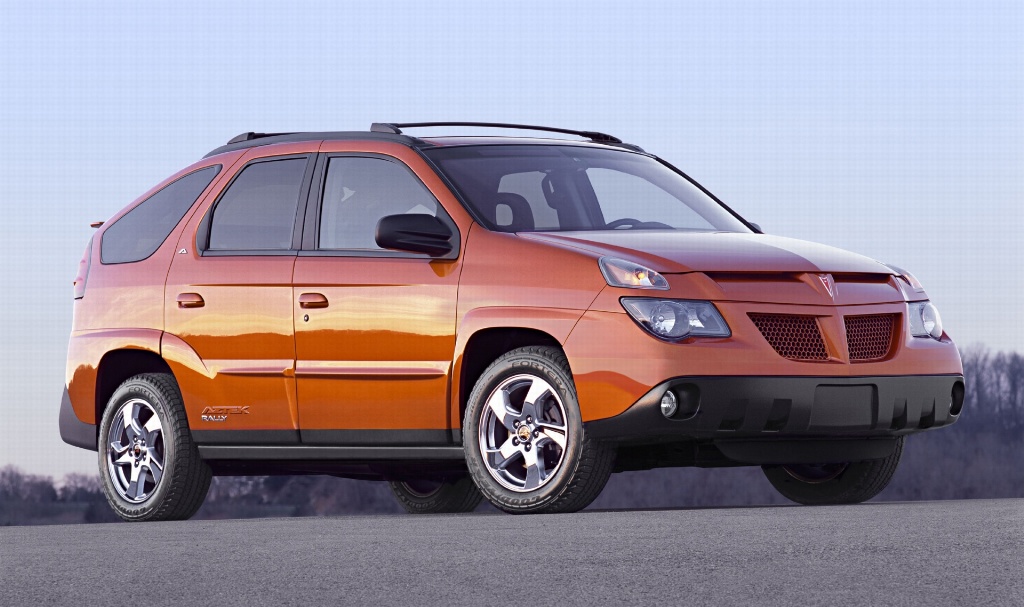
If the car industry has the Aztek, the home building industry has the “Snout-Nose” home. So named because of the large 2-car garage jutting out from the house towards the street like a pig’s snout. The garage on pre-1940 homes was tucked behind the house similar to an historic carriage house. By the 1950’s and 60’s builders discovered that by moving the garage to the front of the street they could cut the concrete costs down by over 50%. A significant savings true, the problem is it makes the street like a wide back alley.
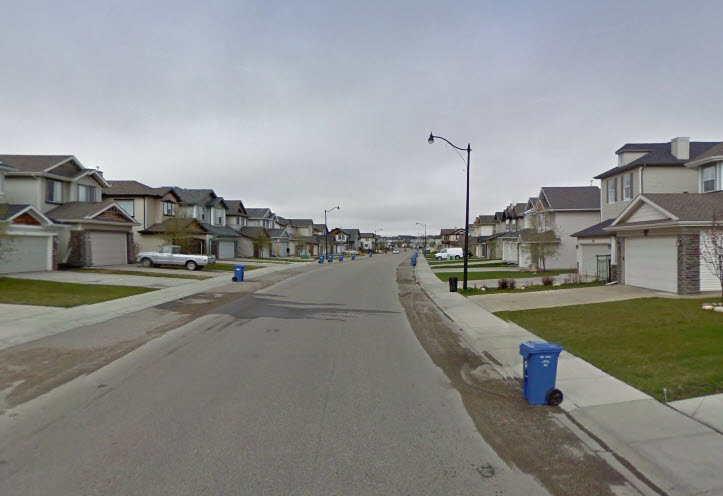
It’s hard to dress up the garage (even with the grass and sidewalks) and make it look inviting and beautiful. Windows, porches are much more inviting than a blank wall.
.
.
.
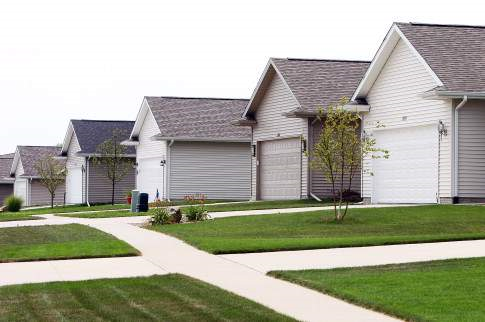
This one has windows and porches but it still doesn’t make for a very inviting home. The more I look at this home the more it looks as if the house has a swollen right eye.
.
.
.
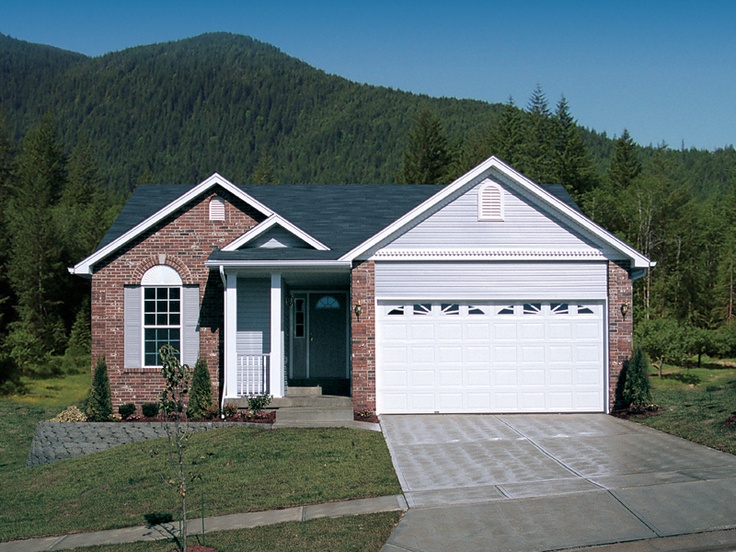
Consider as an alternative Seaside Florida. This New Urban community built in the 1980’s where the focus of the car was purposefully de-emphasized and the community is designed around walking and bike riding. It is a much friendlier and hospitable from the street and it encourages walking and talking with neighbors. Having spent numerous family vacations here, I have seen these ideas work.
.
.
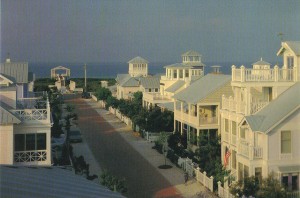
The success of seaside is not questioned. In fact, its influence, since it was built, is seen across the country in a new type of community called a TND or Traditional Neighborhood Development. TND’s requires garages at the back or out of sight, porches close to the street and even sidewalks.
.
.
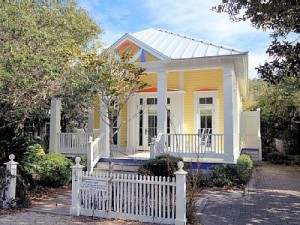
I would argue that Seaside has also encouraged cottage living. A dressed down, anti-McMansion simplicity. This casual, barefoot living is popular and behind some of the small house ideas that are gaining traction today.
The point is that when beauty and design are made a priority, we all win. We are inspired, and uplifted by beauty. As Bob Lutz was able to turn around the designs at GM, so a focus on design will improve our lives as well. We are attracted to wonderful places and find joy living in them. Beauty and design are worthy of pursuits.
-B
When beauty and design are made a priority, we all win.

